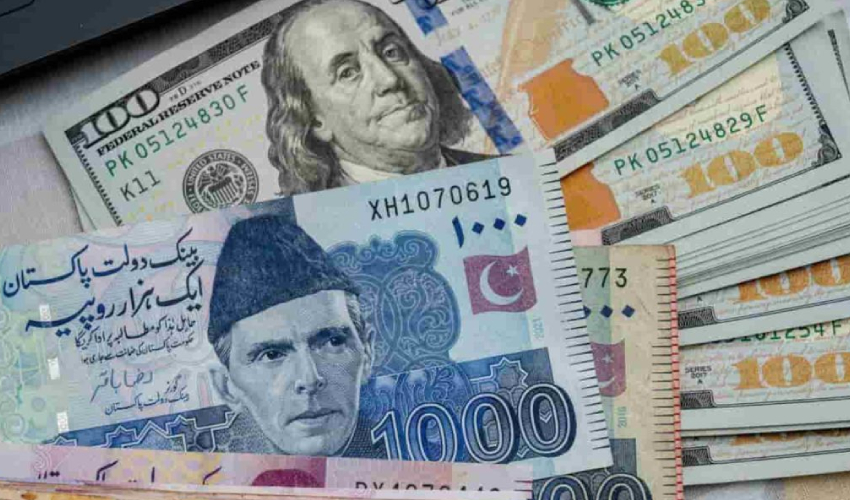1 000 Rupees to USD

The global economy is a complex web of interconnected currencies, constantly fluctuating in response to market dynamics. One such pair that draws attention is the Indian Rupee (INR) and the United States Dollar (USD). In this article, we delve into the nuances of the exchange rate between 1,000 Rupees and USD, exploring the factors that influence it and the broader implications on the economic landscape.
Understanding Exchange Rates:
Exchange rates play a pivotal role in international trade and finance, determining the value of one currency relative to another. The 1,000 Rupees to USD exchange rate is a measure of how much one could obtain in US dollars for 1,000 Indian Rupees. This rate is subject to constant fluctuations due to various economic factors, making it a topic of interest for traders, investors, and policymakers alike.
Market Forces at Play:
Several factors contribute to the dynamic nature of exchange rates. Supply and demand forces are primary influencers. If the demand for Indian Rupees increases in the foreign exchange market, the value of the Rupee appreciates against the USD, and vice versa. Similarly, economic indicators, geopolitical events, and interest rates also impact exchange rates.
Economic Indicators:
Key economic indicators, such as GDP growth, inflation rates, and employment figures, have a substantial impact on exchange rates. In the case of the 1,000 Rupees to USD conversion, a robust Indian economy often leads to a stronger Rupee against the US Dollar. Conversely, economic uncertainties or downturns may result in a weaker Rupee.
Geopolitical Events:
Geopolitical events can send ripples through currency markets. Political instability, trade tensions, or global conflicts can cause investors to seek refuge in safe-haven currencies like the USD, leading to a depreciation of the Indian Rupee. A stable geopolitical environment, on the other hand, can contribute to a stronger Rupee.
Interest Rates:
Central banks play a crucial role in influencing exchange rates through monetary policy. Divergence in interest rates between countries can attract or repel investors. If the Reserve Bank of India (RBI) raises interest rates, it could attract foreign capital, boosting the Rupee’s value against the USD.
Impact on International Trade:
The exchange rate between 1,000 Rupees and USD has significant implications for international trade. A weaker Rupee makes Indian exports more competitive, potentially boosting the country’s export-oriented industries. Conversely, a stronger Rupee may make imports cheaper, impacting domestic industries.
Tourism and Investments:
The exchange rate also plays a vital role in tourism and foreign direct investments. A favorable exchange rate can attract more tourists to India, as their foreign currency stretches further. Additionally, foreign investors may find it more appealing to invest in India when the Rupee is strong relative to the USD.
Inflationary Pressures:
Exchange rate fluctuations can contribute to inflationary pressures. A depreciating Rupee may lead to higher import costs, pushing up prices of imported goods and contributing to inflation. Central banks often consider these factors when formulating monetary policy to maintain price stability.
The Role of Central Banks:
Central banks, such as the Reserve Bank of India (RBI) and the Federal Reserve in the United States, actively monitor and manage currency values. They intervene in the foreign exchange market to stabilize their currencies or achieve specific economic objectives. These interventions can impact the 1,000 Rupees to USD exchange rate.
Historical Perspective:
Examining the historical trends of the 1,000 Rupees to USD exchange rate provides valuable insights into the economic evolution of both India and the United States. Historical data allows analysts to identify patterns, understand past economic events, and make informed predictions about future currency movements.
Conclusion:
The exchange rate between 1,000 Rupees and USD is a dynamic indicator that reflects the intricate dance of economic forces on the global stage. From market dynamics and economic indicators to geopolitical events and central bank interventions, a myriad of factors influence this exchange rate. Understanding these dynamics is crucial for individuals, businesses, and policymakers seeking to navigate the complex world of international finance. As the global economy continues to evolve, so too will the exchange rate between the Indian Rupee and the United States Dollar, shaping the economic landscape for years to come.






